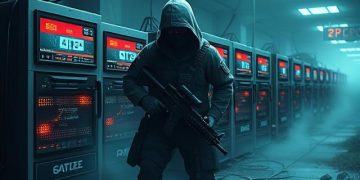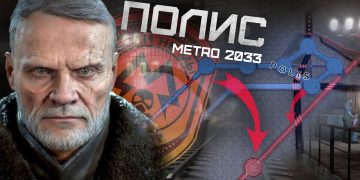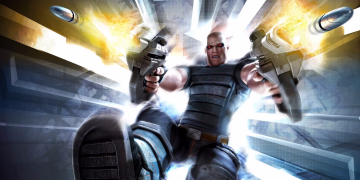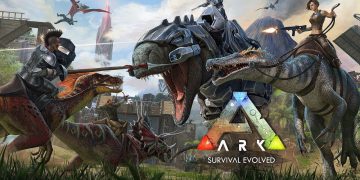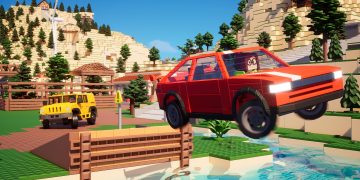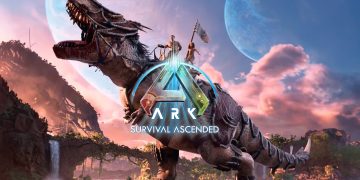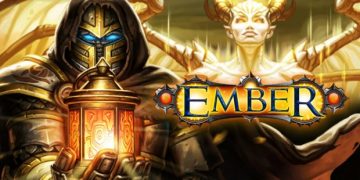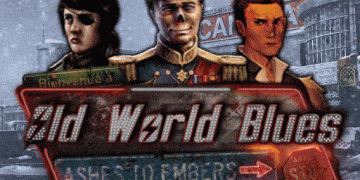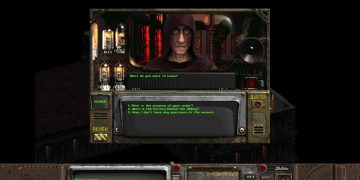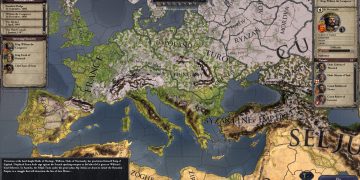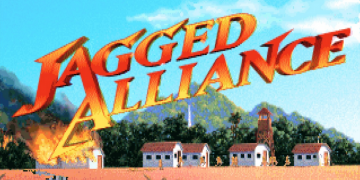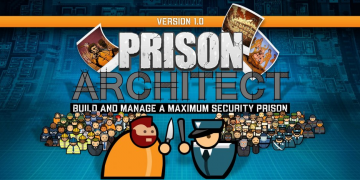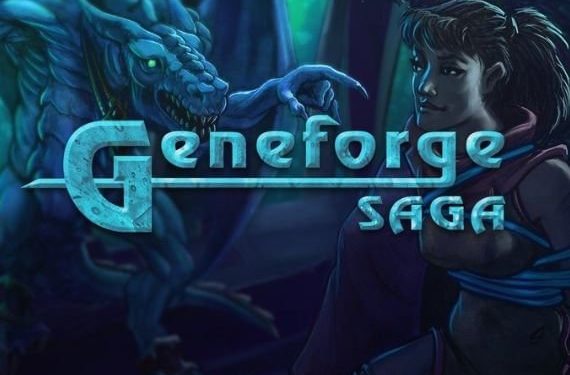The Geneforge game series probably contains some of my favorite games of all time, at least when it comes to top down, action point based RPGs. There are of course other titles like Fallout, Wasteland, XCom, Xenonauts, and more that fit into that category; and they make it extremely hard to choose a most favorite game for sure. Regardless, these games are gems, and wonderful to play even after all these years.
The Geneforge series of games was created by Jeff Vogel, who runs Spiderweb Software. (Here is his official site.) He is the only one working on these games, and despite this, has been able to put out a game almost every year since 1995, missing only a mere 5 years in that entire time span. This includes games outside of the Geneforge series that I may cover another time.
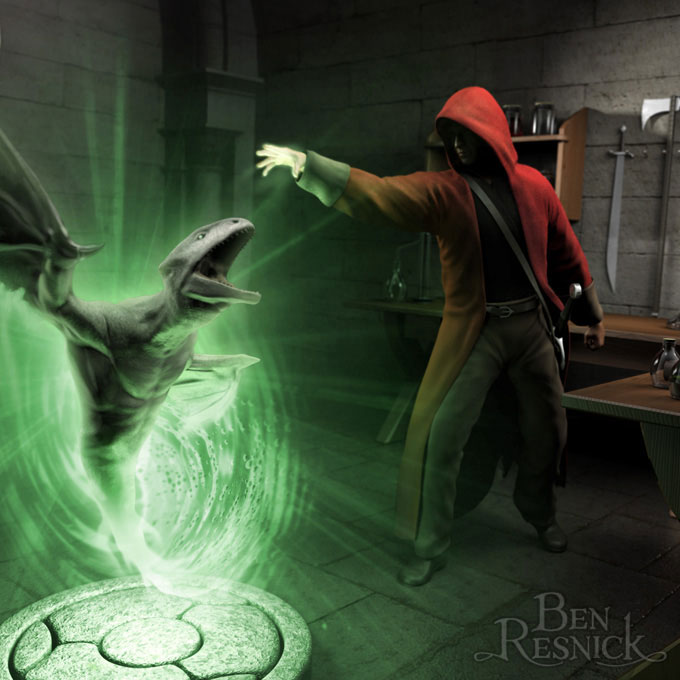
That is not to suggest that these games are released quickly and without thought. Vogel’s games have some of the best written characters, stories, settings, and more, that I have ever seen in these types of games. Geneforge is no exception, with interesting game mechanics and game play that has kept me going back constantly. However, they are somewhat dated.
The original Geneforge came out in 2001, Geneforge 2 came out in 2003, Geneforge 3 came out in 2005, Geneforge 4 came out in 2006, and Geneforge 5 came out in 2008. There are currently plans for a remake of the original Geneforge to be released this month, February 2021. (That is why this article is titled Original Series.) Edit: I have played and reviewed it, and you can find that here.
The games are all very similar, making them pretty easy to all review at once. They all take place in the same world, with the same factions, game mechanics, etc.
Setting & Story
Geneforge takes place in a world somewhat like our own, at least as it was back in the middle ages. Most technology is at around the level of the late medieval era, with steel being forged and vast castle-like structures being built. What makes Geneforge different, is the magic, and the Shapers. There is magic in the world of Geneforge, and it helps to create the setting. You (if you choose to), allies, and enemies can all use magic, and it can have a huge impact on the game. However, what makes the world almost completely alien are the Shapers, and they are the main focus of the games.
The Shapers use a specific kind of magic that they keep secret. It is the magic of life. Not of healing, but of actually creating and shaping living creatures. The Shapers have created a society in which they are the rulers and leaders.
Their creations elevate their levels of technology to a somewhat Steam-punk like area. Creatures that live in the walls and respond to buttons being pushed, and so do various things they have been programmed/trained to do. These lifeforms act as more advanced technology, with these creatures and magic acting as wiring, alarms, defensive emplacements, and so much more. Imagine a world where more modern technology isn’t really technology, but living creatures shaped and designed to perform specific functions.
It creates an entirely new and somewhat alien world. It can be a little bit unsettling even, at first.
The Shapers keep control by creating living turrets and mines for static defense, and even hand held living devices that organically “fire” projectiles. Without the Shapers there is no “modern” technology in the game. The Shapers create other things too, animal-like creatures to do all sorts of things for them. Not like what is listed above, these creatures are more alive, or rather, they can think more independently.

Fire breathing lizards to fuel forges, gigantic lumbering humanoids to haul raw materials, big fat livestock like creatures to help feed the population. These things all help to advance the societies into which they are introduced, and in a pinch, can be used by the Shapers as effective weapons to keep these societies and the people within them in line. But sometimes, despite these creatures being used to help them, the people would still rebel to take control of their lives and societies.

These rebellions were put down easily, but more would spring up, so better ways of fighting against them were created. Even fiercer, more specialized monsters were designed specifically to fight, as well as to fill different rolls. Creatures for scouting, digging through defenses, attacking from great distances, were all created. Rebellions were put down even more swiftly, but sometimes the rebels would persuade magic users to help them.

From there, even more powerful monsters were made that could negate magic, or even use specific forms of it. But even with this greater challenge and threat, some people still rebelled. Some Shapers couldn’t take all the repression and killing anymore, others became mad with power. For personal reasons and in their hubris they created new, more powerful creatures, creatures that could shape like them.
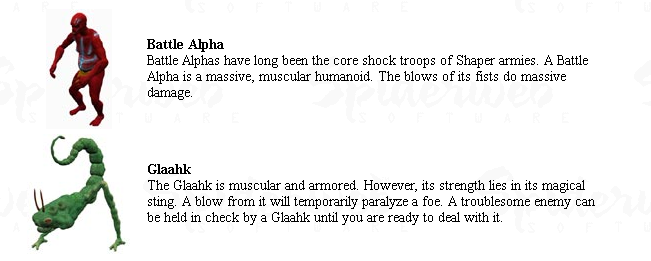
That was the catalyst for the greatest threat the Shapers would ever face. The rebellions were small in scale and scope, but annoying. The Shapers wanted to put them down easily, without having to worry about it. But these new creatures that could shape, eventually they got smarter, and they shaped themselves.
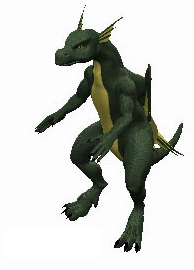
Now the Shapers, and really the whole world, have to content with the greatest threat ever seen, shaped creations that can make new life and improve their own forms. Some of these creatures side with the rebels, in order to create their own communities, and live their own lives. Others just want to take the place the Shapers had in the world.
Throughout the various games you will play as a Shaper, and a rebel. You will see this vast world, all these different cultures and societies, and how the Shapers have shaped them with their oppressive rule (pun intended). You will be asked to choose, whose side do you take? Do you side with the Shapers? The rebels? The creatures that can think, that can shape, and that want to free themselves? Factions that believe shaping should be completely eradicated? Or perhaps, you don’t side with any of these groups, and you want to forge your own path. to peace or power. Well, that is Geneforge. You can do all these things and more.
Graphics
The graphics in these games are… not the best. When you get to games four and five, there are no problems (at least for me). They are very modern looking, and I doubt people new to the series will have any problems playing them. (The fourth game is actually where I started in the series, and thus holds a special place in my heart.)
Despite the first game coming out in 2001, and the last releasing in 2008, there is a world of difference graphically.
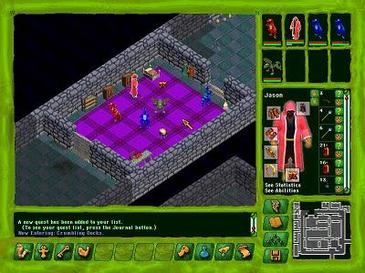
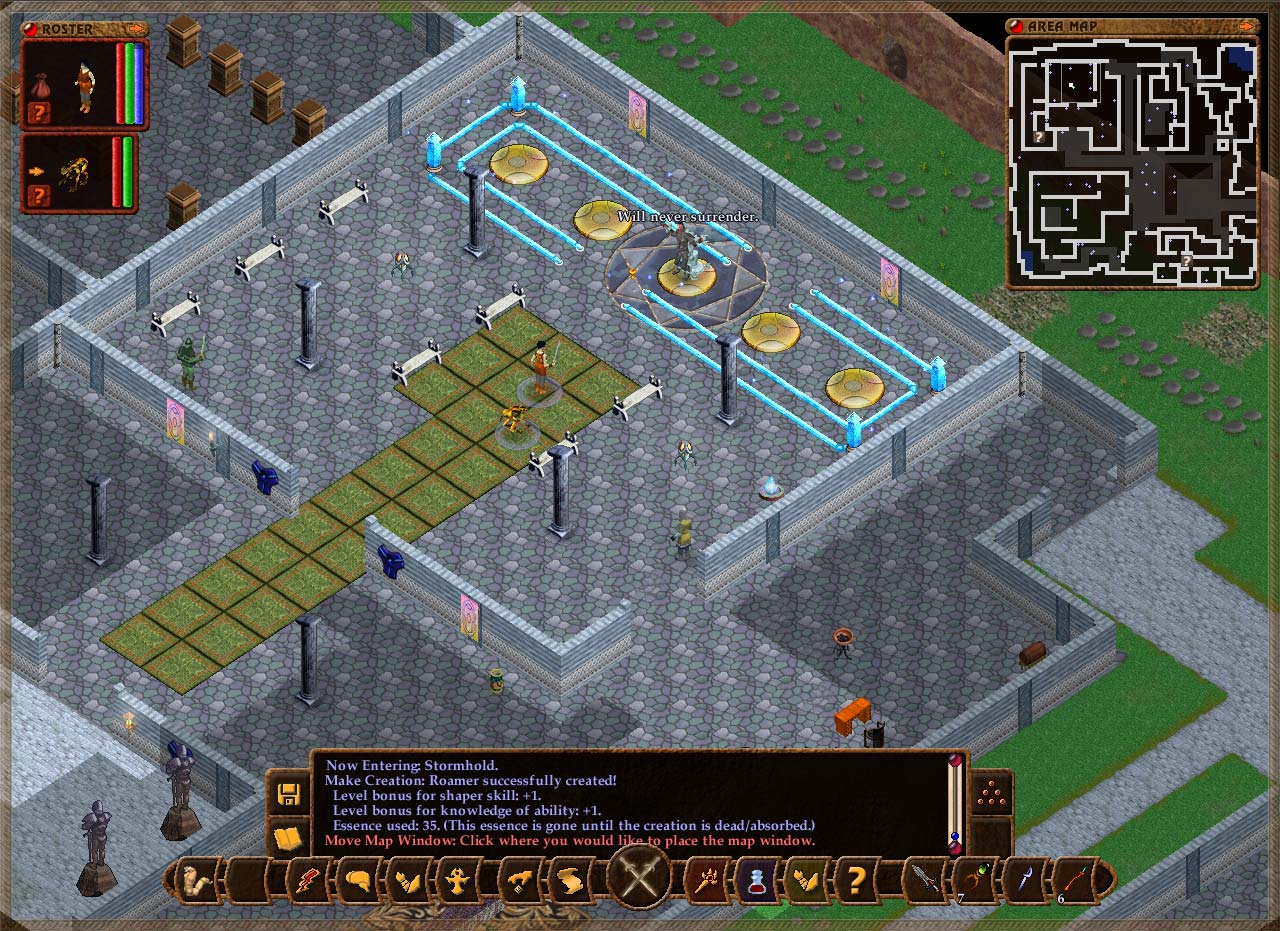
The games are not the greatest looking, but that is not their draw. What sells the games are the story, the characters, the wonderful setting, and the fun game-play. If the above images don’t look appealing to you, and you think you would never play them because of it, don’t leave just yet. At least look down below in some of the other sections first. Also, on the official site can be found demos of the game. At least give Geneforge 5 a shot.
Ironically, while games four and five are the best looking in the series, there is something about game two that makes it much easier to play than number three. I think it has something to do with the overlay and the controls. It is strange, but I found myself having a much better time replaying the second game over the third.
Gameplay
As I mentioned above, the Geneforge series of games is a top down game where the characters you control use action points to do things while in combat. They are vast RPGs, with each game taking around 30-40 hours to complete, depending on how committed you are to doing everything in the game. Then, there is the replay-ability aspect.
What I mean is, there are classes to choose from, and even then you can place points into attributes and skills that make you a mix of these classes, or something even more specialized. The main draw of this game for me is the fact that you can play as someone with the abilities of a Shaper, even if you don’t side with them. You can create your own army of creatures, making and un-making them as you wish, and as the situation demands.
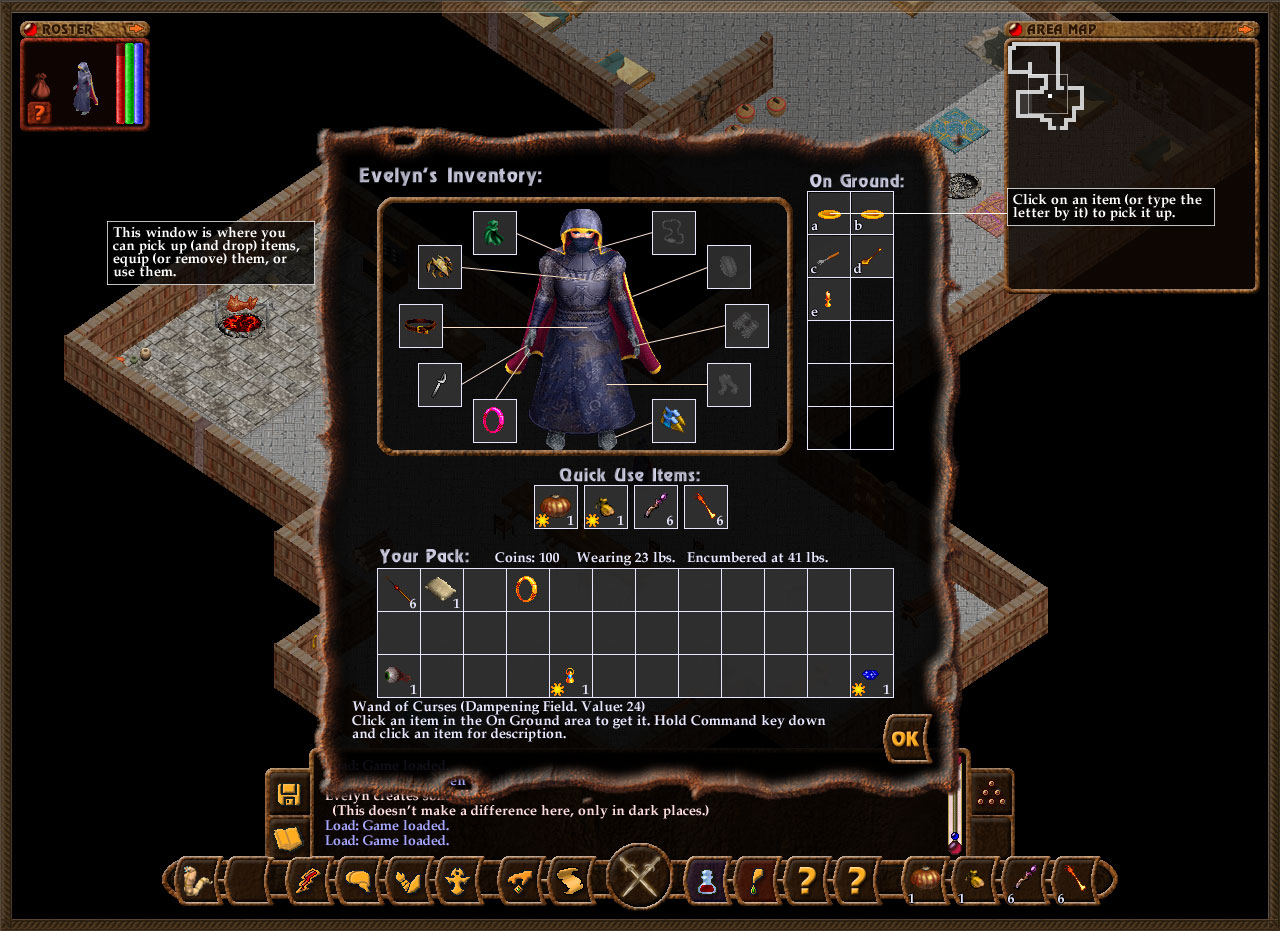
Facing off against a new type of enemy? Create hordes of cheap monsters to throw at them and test them out to see their strengths and magical capabilities. Create monsters that spit fire, ice, acid, and lightning to test for weaknesses. Or maybe just forge an army of heavily armored, physically strong monsters to brute force your enemies out of your path.
You don’t need to play like this however, you can play without ever shaping a single thing. You can focus on ranged weapons, or melee weapons, and make your character an invincible killer. Or you can focus purely on magic, empowering yourself and disintegrating your enemies. Or, you can mix it all up, fight in melee alongside your creations, and buff them with support magic. There is a massive amount of skills, abilities, and ways to play these games.
Even just taking sides can vastly change your experience of the game, and make you want to replay it all again to see what could have gone differently. The world, the story, the characters, your character and what they can do, it makes these games something really special. It is hard to find another game that does all of this, and does it well.
Music & Sound
Unfortunately, the game does fall a big behind in the music and sound department, as it falls short in the graphics. With an entire game to make, characters and plot lines to write, there is not always enough time to do everything you want in a game. Because of this, the Geneforge games do use a lot of stock sound effects and free music. There are of course sound effects and music made specifically for the games, but don’t be surprised if you hear something familiar.
Personally I like that the game play and story are focused on more, but this can be something that can turn people off of a game.
Conclusion
I whole heartedly recommend these games. I would say to play games four and five first, and if you really like them to go back and play game number two. From there you can try and play game number three, and number one, but they may just be unplayable.
That however, is why Geneforge 1 is being remade. Jeff Vogel is currently working on it right now, updating the graphics, the music and sound, while keeping the original story and everything else the people who play his games love.
I am looking forward to it, and I hope you will too.
Edit: I have played and reviewed the game, and you can find that here.
You can buy all five games at once in the Geneforge Saga package on Steam, or buy them individually from his site, linked at the top of this article.
The Review
Geneforge Saga
I would give Geneforge 1 and 3 a score of 4. (Unfortunately, this is due to the games not aging and playing well.) For game 2 I would give it a score of 6, with game 4 and 5 both getting a score of 8. Overall for this article, it will get an averaged score of all of these.
PROS
- Massive worlds to explore.
- Fantastic and memorable characters.
- Engaging tactical gameplay.
- Tons of replayability.
- Heart and charm that can only be found in an indie game made by one person.
- Long demos for each game giving you a taste for what you are getting into.
- Compelling stories that have you wanting to learn more.
CONS
- Older graphics can make some of the games difficult to play.
- Most music and sound effects are not original due to time constraints.
